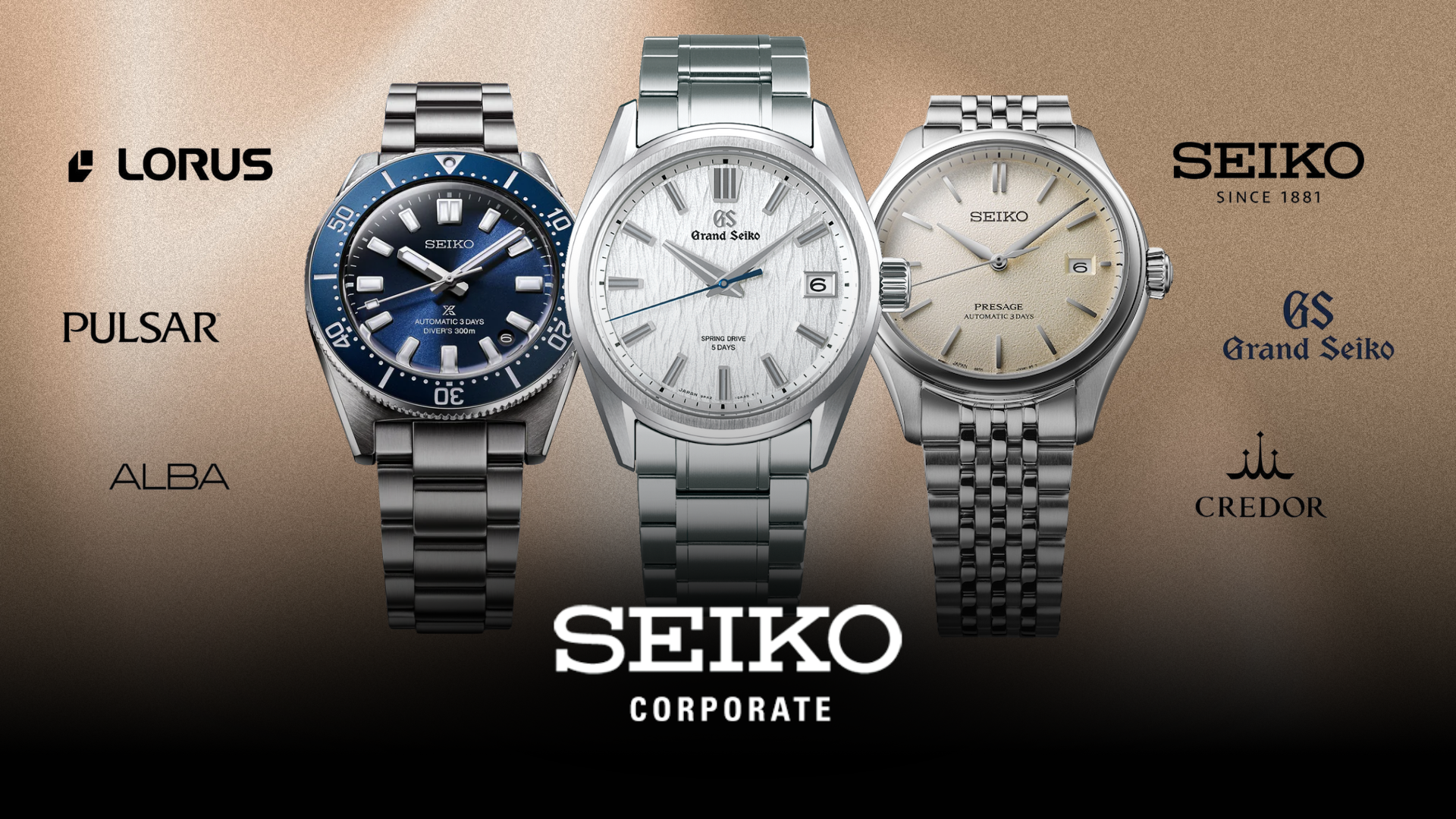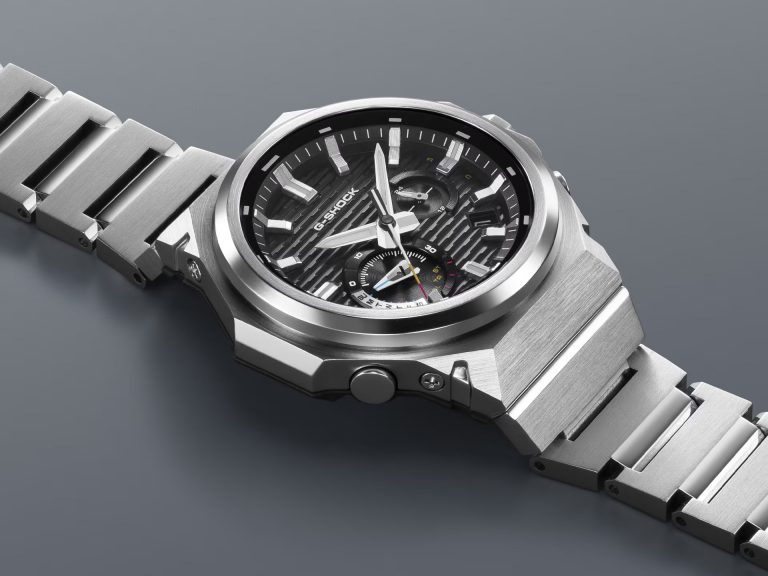Seiko Watch Corporation brand hierarchy spans an impressive range—from economical everyday watches to artisanal masterpieces at the pinnacle of horology. As part of the larger Seiko Group, Seiko Watch Corporation manages a diverse portfolio of timepiece brands, each with its own identity, history, and place within the company’s carefully structured lineup.
Seiko’s world spans everything from entry-level everyday watches to the pinnacle of haute horlogerie, and understanding the structure behind it all makes navigating the brand far easier.
Entry-Level Tier – The Economical Starting Point

Alba
Launched in 1979, Alba targets younger consumers in Asia and the Middle East. It uses Seiko’s movements wrapped in stylish, modern designs, often created to cultivate long-term brand loyalty.
Lorus
A global counterpart to Alba, Lorus offers similarly affordable quartz and mechanical watches with shared design principles.
Pulsar
Originally a Hamilton Watch Company trademark introduced in 1972 for early digital watches, Pulsar was acquired by Seiko in 1978 and relaunched as an analog/quartz value brand. It has been largely discontinued globally since around 2020.
Core Seiko Brand Tier – The Flagship Lineup

Seiko 5 Sports
The Seiko 5 series earned its name from five core attributes: automatic winding, day-date display, water resistance, a recessed crown at 4 o’clock, and a durable case and bracelet. The modern Seiko 5 Sports retains this spirit of accessibility and toughness, offering affordable, durable mechanical watches designed for everyday wear.
Presage
Presage brings Japanese artistry into mechanical watchmaking, pairing reliable in-house movements with traditional craftsmanship techniques. This dress-focused line features refined details like hand-fired enamel, Urushi lacquer, and Arita porcelain dials—each drawing from centuries-old artisanal traditions.
Prospex
Short for “Professional Specifications,” Prospex is Seiko’s dedicated sports and tool watch line, designed to meet the needs of serious divers, pilots, and adventurers. The collection includes ISO-certified dive watches, rugged land exploration models, and aviation chronographs—all built with robust cases, high legibility, and specialized features.
Astron
The Astron name first appeared in 1969 on the world’s first quartz wristwatch, revolutionizing the watch industry. Today’s Astron line continues that pioneering spirit with GPS Solar technology, enabling automatic time adjustment anywhere on Earth using satellite signals. Powered entirely by light and requiring no battery changes, Astron represents Seiko’s cutting-edge approach to watchmaking.
Heritage Revival – King Seiko
King Seiko holds a unique place in Seiko’s history. Its story is rooted in internal rivalry that played a pivotal role in Seiko’s development:
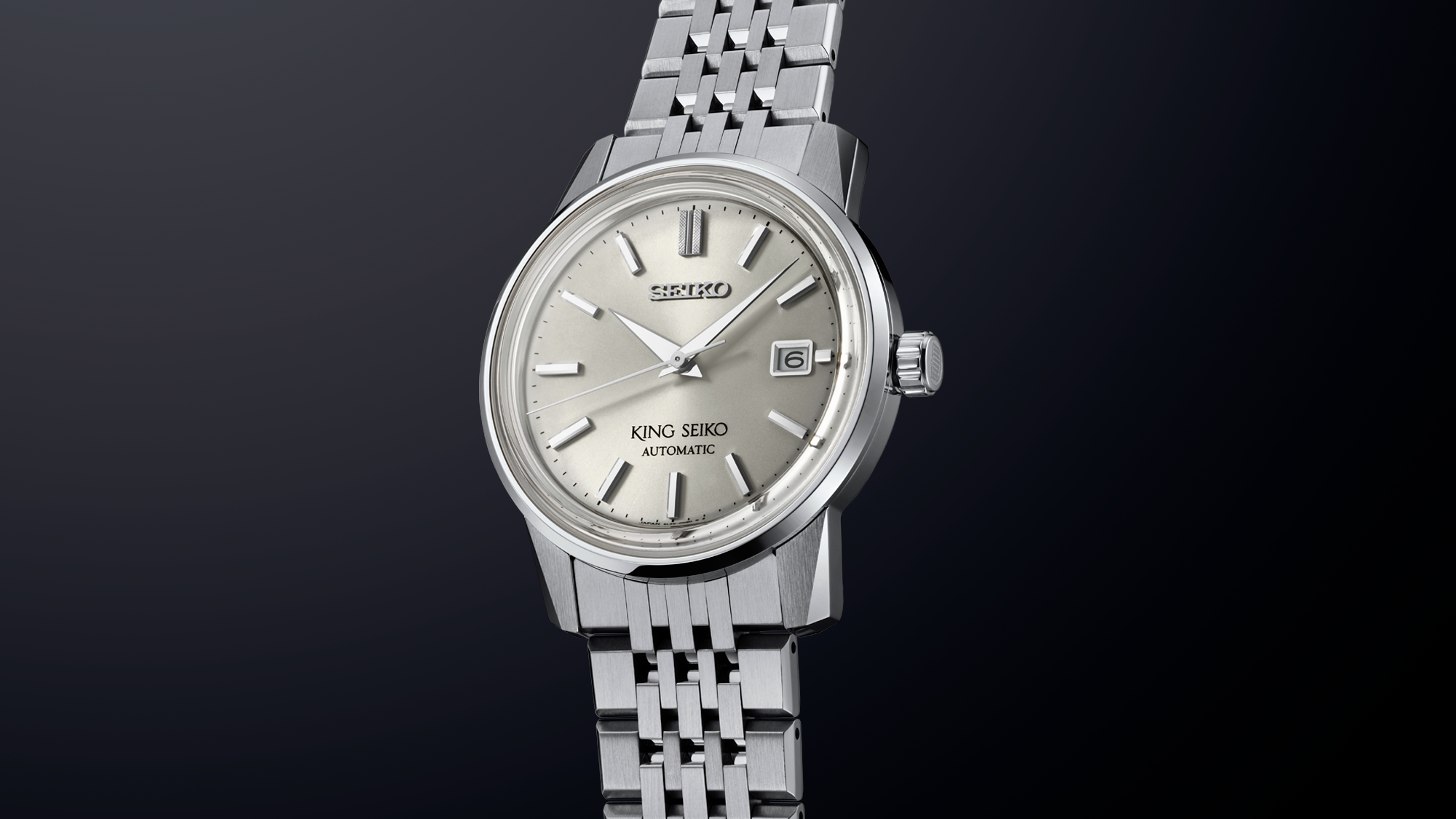
The historic rivalry between King Seiko and Grand Seiko emerged from Seiko’s unique decision to foster internal competition. During the mid-20th century, Seiko operated two independent manufacturing entities: the Suwa Seikosha factory, responsible for creating Grand Seiko, and the Daini Seikosha factory, which developed King Seiko. Although both operated under the Seiko name and shared patents and technology, they each had distinct teams, design philosophies, and even brand seals to differentiate their creations.
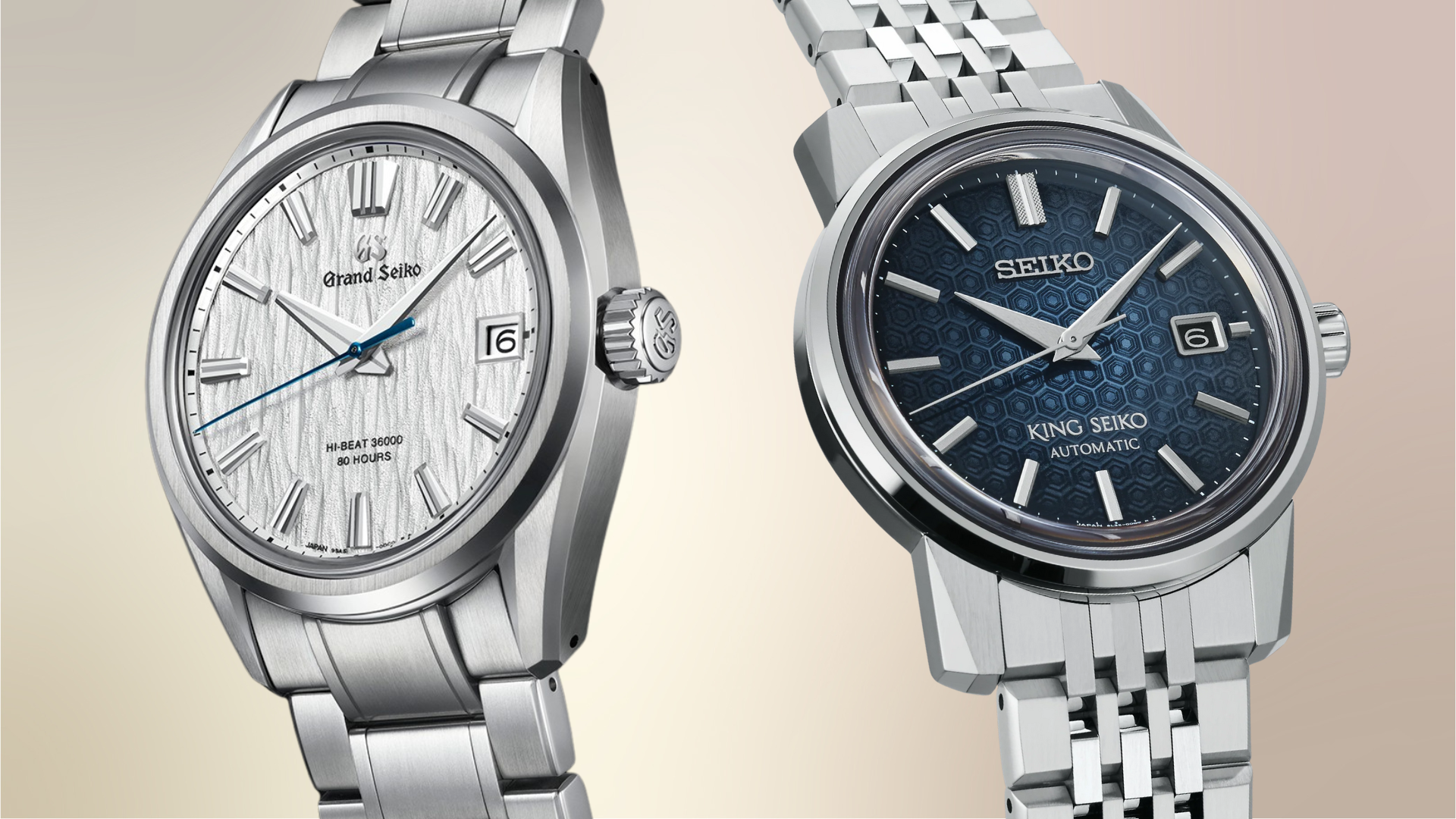
This intentional rivalry pushed both factories to constantly outdo each other in precision, quality, and innovation. The results were transformative—raising Seiko’s global standing and helping to establish the brand as a serious contender in high-end watchmaking. This competitive spirit is a key reason Seiko evolved into the innovative powerhouse it is today.
King Seiko was eventually discontinued but revived in 2021. The modern line pays homage to its vintage roots with 6R and 6L caliber movements, sophisticated case finishing, and classic styling. It sits slightly above Presage in refinement and price point.
Luxury Pinnacle – Grand Seiko and Credor

Grand Seiko
The crown jewel of the Seiko Group. Emerging in 1960 from Suwa Seikosha, Grand Seiko evolved from the earlier Crown and Crown Special lines, with its debut model, the “First,” making history as the first Japanese watch tested to chronometer standards by the Bureaux Officiels de Contrôle de la Marche des Montres. This landmark achievement cemented Grand Seiko’s reputation for precision and craftsmanship, and today, the First remains one of the most collectible models—whether in its ultra-rare engraved dial form or more common embossed and printed variations.
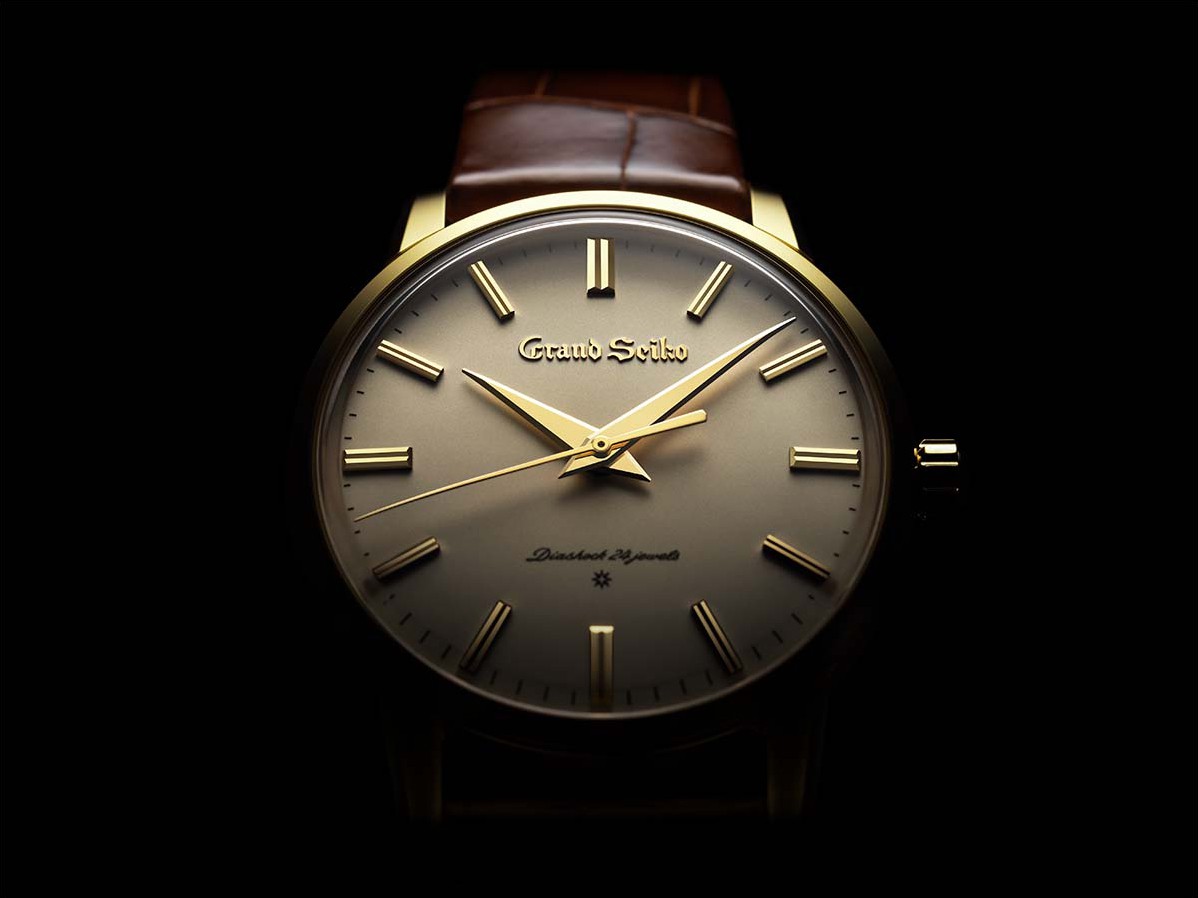
After the First’s discontinuation in 1964, the Self-Dater (also known as the 57GS) introduced a date complication, the “Seiko” script on the dial, and the debut of Zaratsu polishing.
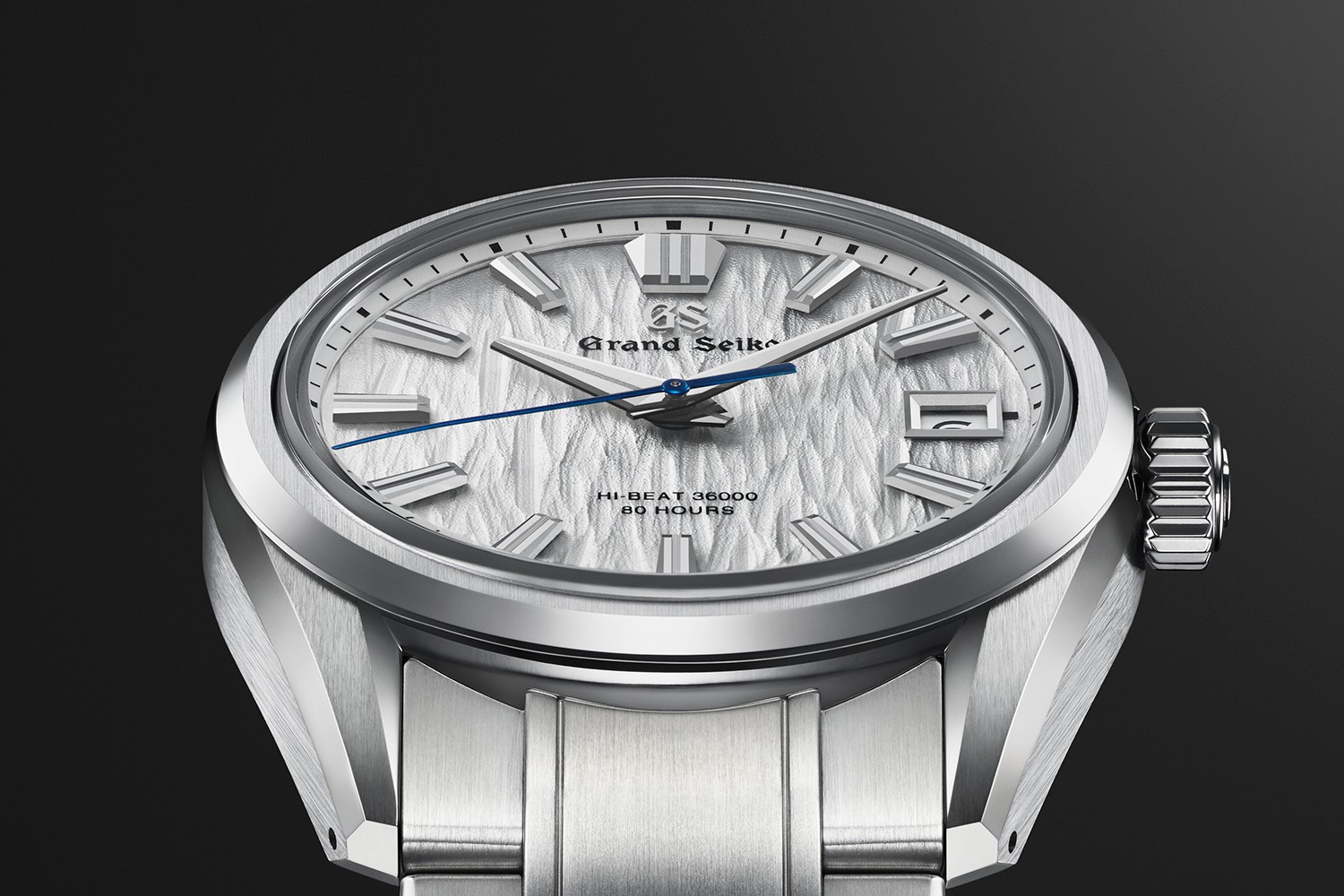
In 1967, design and competition intersected when Daini Seikosha adapted the King Seiko 44KS into what became Grand Seiko’s most enduring design, the 44GS. Guided by Taro Tanaka’s “Grammar of Design,” its sharply defined, mirror-polished case set the stylistic blueprint that continues to define Grand Seiko’s modern masterpieces—crafted with extraordinary precision, exquisite finishing, and hallmark innovations like Spring Drive and Hi-Beat movements. Today, Grand Seiko stands as the pinnacle of Japanese watchmaking artistry.
Credor
Derived from the French crête d’or (“golden crest” or “golden pinnacle”) and later rendered in Latin as “Crest of Gold” – debuted in 1974 as Seiko’s ultra-thin, high-end quartz line.
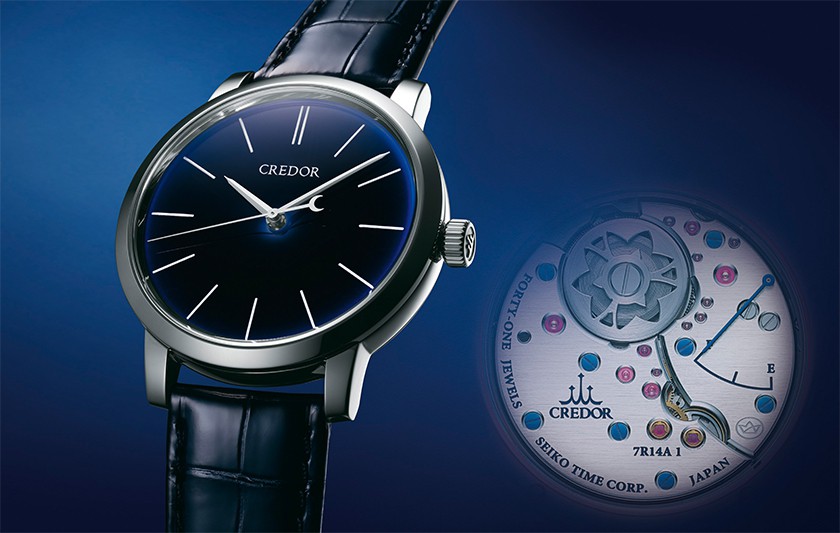
Launched in the wake of the quartz revolution sparked by Seiko’s own Astron, Credor allowed the company to showcase technical mastery and luxury styling in a distinct brand identity.
Over time, it evolved into a low-volume luxury line specializing in precious metals and haute complications, often incorporating artisanal techniques such as lacquer, engraving, and hand-finishing. It remains under Seiko Watch Corporation but has been positioned with greater brand separation since 2019, primarily focusing on the domestic Japanese market while representing one of Seiko’s purest expressions of watchmaking artistry.
Recent high-end releases include the Goldfeather Tourbillon (2025), showcasing exquisite urushi lacquer artistry.
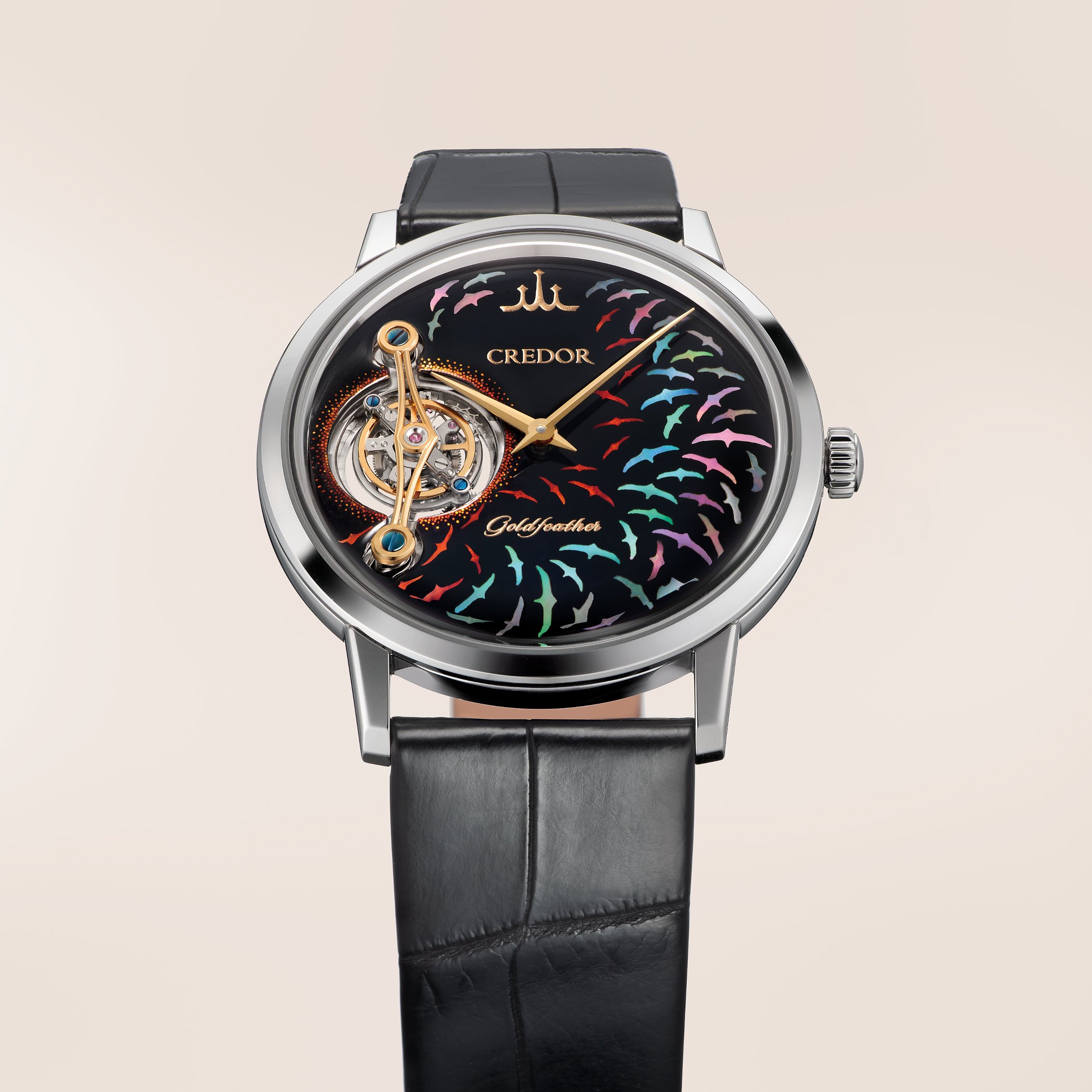
Summary Table: Seiko Brand Hierarchy
| Tier/Position | Brands | Notes |
| Entry-Level | Alba, Lorus, Pulsar | Affordable, fashion-forward, introductory |
| Core Seiko | Seiko 5 → Presage → Prospex → Astron | Mainstream lineup ascending in craftsmanship |
| Heritage Revival | King Seiko | Vintage-inspired, high-quality mechanic revival |
| Luxury Pinnacle | Grand Seiko → Credor | Premium precision and artisanal haute horology |
Conclusion
The Seiko Watch Corporation offers a clear and compelling brand structure—from accessible starter watches through prestige craftsmanship—catering to a broad spectrum of watch enthusiasts. Whether you aim for value, innovation, or artistry, there’s a distinct Seiko path for every aspiration.

